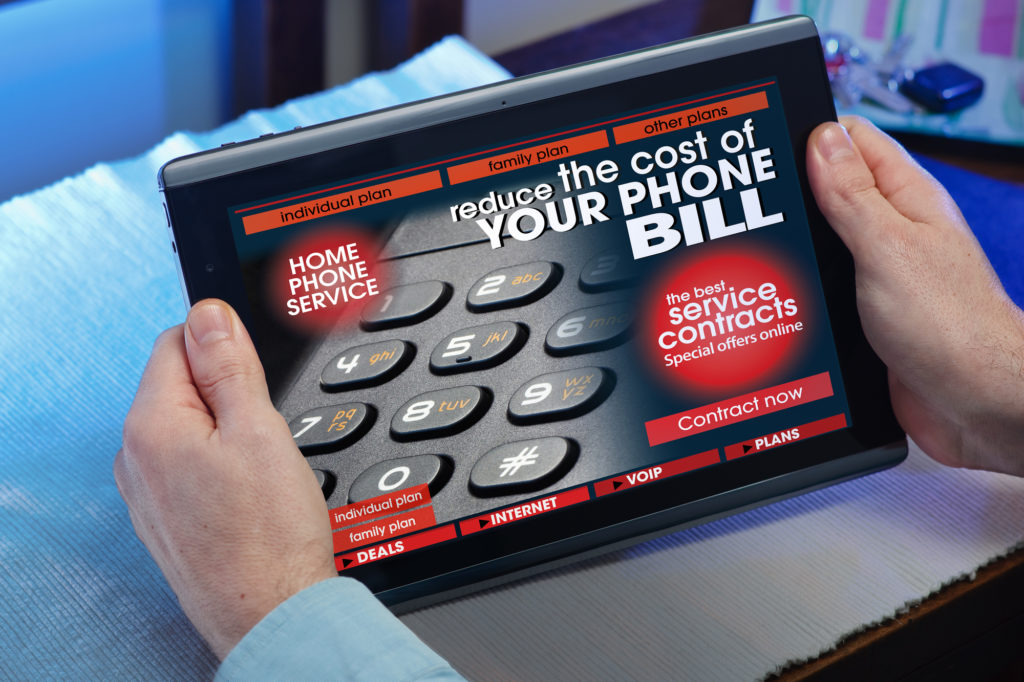(443) 873-4784
NETWORK CABLING BUSINESS PHONE SYSTEMS BALTIMORE

Considerations for Choosing:
- Distance: Cat 6 and Cat 6A cables are often preferred for longer cable runs, where Cat 5e might experience signal degradation.
- Future-Proofing: If you anticipate future network upgrades or higher bandwidth requirements, Cat 6 or Cat 6A cables provide a more robust solution.
- Cost: Cat 5e is generally more cost-effective, making it a suitable choice for basic networking needs. Cat 6 and Cat 6A cables are higher in cost but offer superior performance.
In summary, the choice between Cat 5e, Cat 6, and Cat 6A depends on your specific networking needs and future considerations. For basic applications, Cat 5e may be sufficient, while Cat 6 and Cat 6A are recommended for higher performance and future-proofing. Evaluate the requirements of your network infrastructure to make the most suitable choice for your business or home network.
Network Cabling, Install, Repair, & Maintenance, Service Baltimore
Baltimore Business Phone Systems extends its commitment to seamless business communication with expert Network Cabling services. Recognizing the foundational importance of a robust network infrastructure, our skilled professionals specialize in designing, installing, and maintaining network cabling solutions tailored to the unique requirements of businesses in Baltimore, Maryland. From structured cabling for data and voice to efficient cable management systems, we ensure optimal connectivity and performance. Our meticulous approach, combined with industry-leading practices, guarantees that your network infrastructure remains reliable, scalable, and capable of supporting the ever-growing demands of your business operations. Trust Baltimore Business Phone Systems for unparalleled Network Cabling services, enhancing the backbone of your business communication.
Cat 5e vs. Cat 6 vs. Cat 6A - which one do I need?
Cat 5e (Category 5e):
- Speed and Bandwidth: Supports data rates up to 1 Gbps (Gigabit per second) and bandwidth of 100 MHz.
- Common Use Cases: Suitable for basic home and small business networks, where Gigabit Ethernet is sufficient.
- Advantages: Cost-effective, readily available, and sufficient for many typical applications.
Cat 6 (Category 6):
- Speed and Bandwidth: Supports data rates up to 10 Gbps and bandwidth of 250 MHz.
- Common Use Cases: Ideal for larger business networks, data centers, and applications requiring higher data transfer rates.
- Advantages: Provides improved performance and reduced interference compared to Cat 5e, making it suitable for demanding applications.
Cat 6A (Category 6A):
- Speed and Bandwidth: Supports data rates up to 10 Gbps and bandwidth of 500 MHz.
- Common Use Cases: Designed for high-performance applications, including 10 Gigabit Ethernet over longer distances.
- Advantages: Enhanced performance, particularly in terms of reduced crosstalk and improved signal quality. Suitable for future-proofing networks against increasing data demands.